Dogs & their dog toys
Does your dog play with toys?
What makes a good dog toy? One which squeaks? One which rolls? One which can be retrieved? One which can be torn apart? Your dog may answer yes to all of these but you, the dog owner, may think differently. Perhaps you would like a toy that can’t be ripped apart? One which doesn’t roll under the sofa and get stuck there? One that is not too expensive?
Some dogs like all toys but these dogs are rare. Most dogs have one or two favourites, getting excited every time they are produced. Other toys are played with once or twice, then ignored. Most dogs find a new toy fascinating – for a little while. This can make it tricky for owners to know which toys to buy, which to give to their dog when left alone and which to use when interacting and playing with their dog. Playtime is important for dogs.
Science is now shedding light on playtime in dogs. Summed up recently in an ABC post and published in full in Animal Cognition, researchers have examined how dogs use toys, giving us vital clues in canine toy use.
How dogs use toys
Some findings include:
- dogs enjoy novelty in toys, immediately attracted to anything new, including a new toy. This interest may or may not be short-lived.
- dogs tend to like those toys that can be ripped apart, those that squeak or those that taste of food, possibly mimicking the predator experience.
- dog toys should be soft and easily manipulated by your dog but should not be able to be torn apart
- dogs lose interest quickly in toys that are hard or those that make no sound
- dogs also lose interest in many toys over time and this does not depend on the smell, sound, colour or texture of the toy. More like familiarity breeds content.
- Owner involvement in play added to the dog’s enjoyment of the toys.
Much of this may appear like common sense to the dog owner who is attuned to their dog’s behaviour and pleasures in life. For many owners, however, this research will make a huge difference to their understanding of dog play.
To encourage your dog to play with toys
To help your dog get the most of their toys, try the following
- Purchase as many toys as you can as dogs love novelty but ensure that you rotate them around, as this will ensure your dog retains interest.
- Let your do play with soft (as durable as possible) and/or squeaky toys but supervise their play and remove the toy if it is ripped apart.
- Leave your dog with toys that are durable. Treat balls are perfect for this. Alone, they may not interest a dog (as most are hard to chew) but with treats inside, they are a winner for occupying your dog when alone.
- if your dog loves toys and you have small children, you will need to supervise both. Having readily recognisable dog toys eg. treat balls, may be essential to prevent crossover of toys between canines and little humans.
- Those toys that your dog does not appear to like, do not discard but produce less frequently and only for short periods of time. Even if your dog loses interest within 30 seconds, they are probably glad of the novelty value every now and again.
- When your dog is not interested in a particular toy (or any toys at all), make them exciting by introducing a game with the toy. Play with it yourself or with a human friend and get your dog interested. Then allow them to play for a short time before removing the toy. Produce again after a day or so.
- If your dog refuses to give up a toy, swap it for something equally or more exciting – their dinner, a tasty treat, another toy.
- Remember that your dog loves interaction with you so play with your dog and their toys, in addition to those times that you leave your dog alone to play.
Dogs and their toys: Here’s Chilli dog playing with her very noisy toy!
Read more:
ABC article: Why dogs find some toys boring
Animal Cognition: Habituation and dishabituation during object play in kennel-housed dogs
Your dog’s best friend
More about dog behaviour
- Predicting the behaviour of rescue dogs. New Research to Improve Adoptability
 Predicting the behaviour of rescue dogs : It’s difficult to compare a shelter to a sofa! Are you thinking about adopting a rescue dog from a shelter?
Predicting the behaviour of rescue dogs : It’s difficult to compare a shelter to a sofa! Are you thinking about adopting a rescue dog from a shelter? - Does The Anxiety Wrap work?
 Does the Anxiety Wrap Work? Does your dog suffer from anxieties, fears or phobias? Stress is common in our pet dogs and most owners want to find
Does the Anxiety Wrap Work? Does your dog suffer from anxieties, fears or phobias? Stress is common in our pet dogs and most owners want to find - Top 10 Problem Pets – and Problem Pet Behaviour
 Are you frustrated, angry or puzzled y your pet’s behaviour? Here’s your guide to the top 10 problem pets and problem cat behaviour and dog behaviour…
Are you frustrated, angry or puzzled y your pet’s behaviour? Here’s your guide to the top 10 problem pets and problem cat behaviour and dog behaviour… - Road tripping with a dog with car anxiety
 If your dog is anxious while you travel, these tips, from Sarah Archer at Your Best Digs, may help… Road tripping with a dog with car anxiety
If your dog is anxious while you travel, these tips, from Sarah Archer at Your Best Digs, may help… Road tripping with a dog with car anxiety - A Day In The Life of A Pet Care Centre
 Do you ever wish that your dog was better behaved or perhaps just had more activities to occupy them? A pet care centre could be the answer
Do you ever wish that your dog was better behaved or perhaps just had more activities to occupy them? A pet care centre could be the answer - The Lazy Guide to Dog Training
 The Lazy Guide to Dog training by animal behaviourist (and lazy dog trainer!) Dr Jo Righetti… This blog post is part of the 2018 #Train4Rewards Blog Party
The Lazy Guide to Dog training by animal behaviourist (and lazy dog trainer!) Dr Jo Righetti… This blog post is part of the 2018 #Train4Rewards Blog Party - Did You Know That Desexing your male dog could result in unwanted behaviour?
 Desexing your male dog could result in unwanted behaviour! Dog owners: Do you have a male dog? Is your dog desexed (neutered) ? At what age was
Desexing your male dog could result in unwanted behaviour! Dog owners: Do you have a male dog? Is your dog desexed (neutered) ? At what age was - How to Stop Your Dog from Jumping and Climbing the Fence
 How to Stop Your Dog from Jumping and Climbing the Fence Has your dog ever escaped from your backyard? Some dogs are pure escape artists and others
How to Stop Your Dog from Jumping and Climbing the Fence Has your dog ever escaped from your backyard? Some dogs are pure escape artists and others


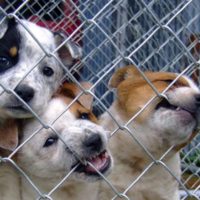


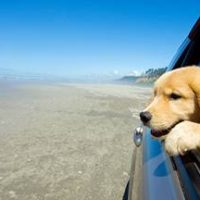
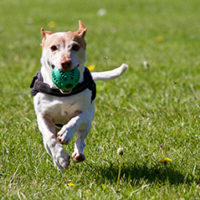




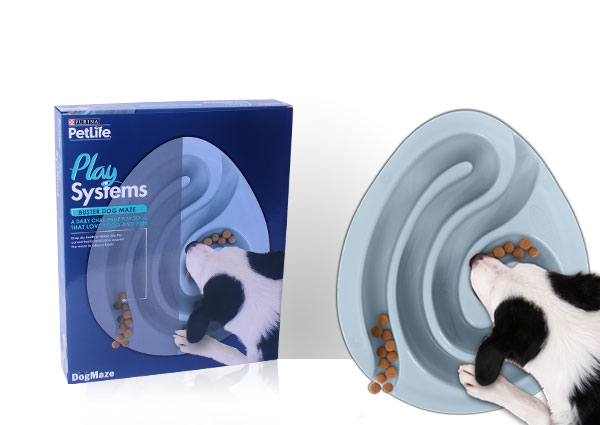
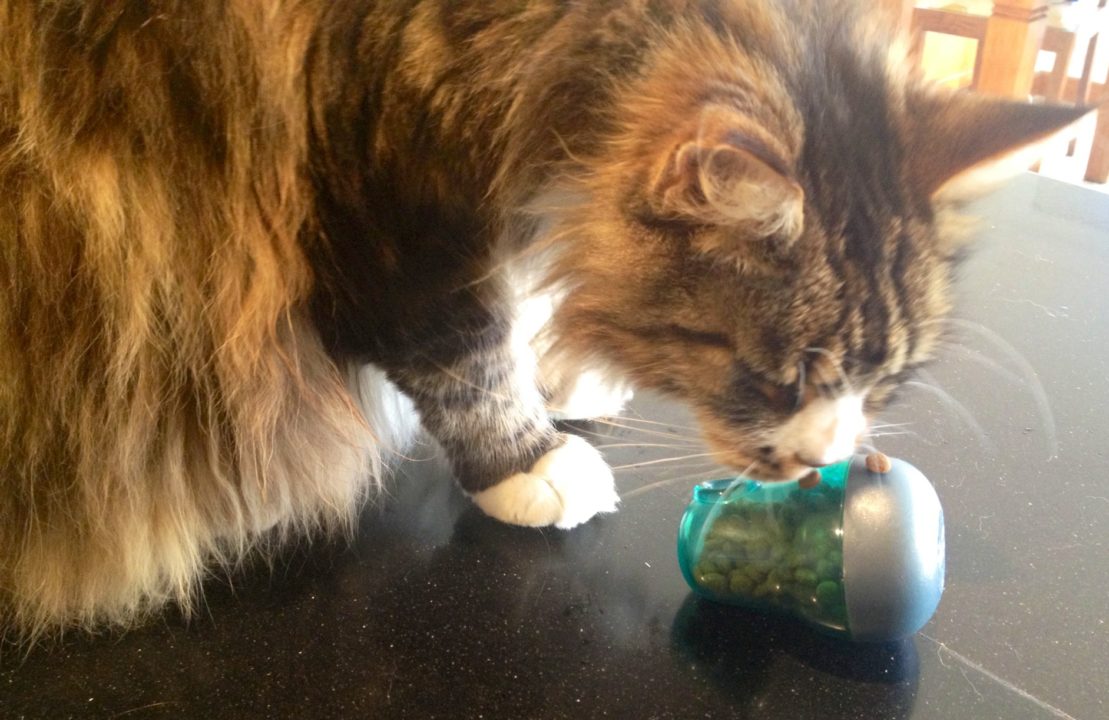
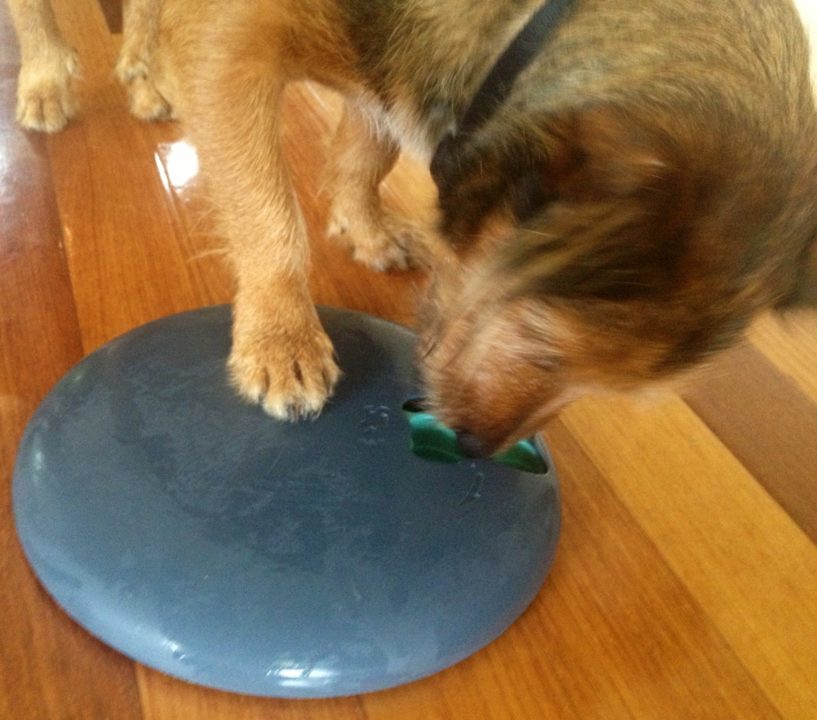


I’ve always found variety is the key. I have a dozen or so toys that i keep in a box inside and i take two out each day for him to play with. This way he seems to think that he’s getting a new toy to play with each day and he loves it.
Couldn’t agree more. Variety and rotation is the canine spice of life!! Jo